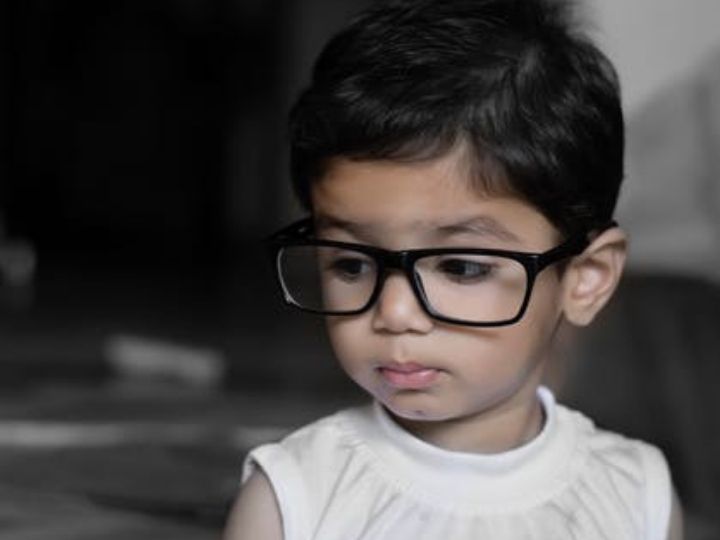
At night Lisa Ostrin's lab at the University of Houston College of Optometry often looks like the setting of a disco slumber party, a place where a child, aged 7 to 14, accompanied by a guardian, sleeps over and is periodically exposed to blue or red lights.
"At night we become a five-star hotel," said assistant professor Ostrin, good humoredly explaining part of her $1.8 million research grant, sponsored by the National Eye Institute. The goal is to find why an ever-increasing number of youngsters need glasses and, specifically, if exposure to specific types of light might prevent myopia, or nearsightedness.
"In children, the prevalence of myopia is increasing faster than genetics can account for, so that means it's something environmental or behavioral that children are doing," said Ostrin. While light from computers, video games and cell phones ("near work") continues to be studied for its impact on myopia, a new clue has emerged: Outdoor light, or ambient illumination.
"The strongest evidence is that children who spend more time outdoors have less nearsightedness, so now we are trying to find out why that is happening," said Ostrin. Evidence shows that light might affect the choroid, a network of blood vessels behind the retina, and that the choroid is altered in myopic eye growth. Some studies suggest that a specific part of the spectrum, such as red light, thickens the choroid and might ultimately prevent myopia. However, this has not yet been tested in children.






